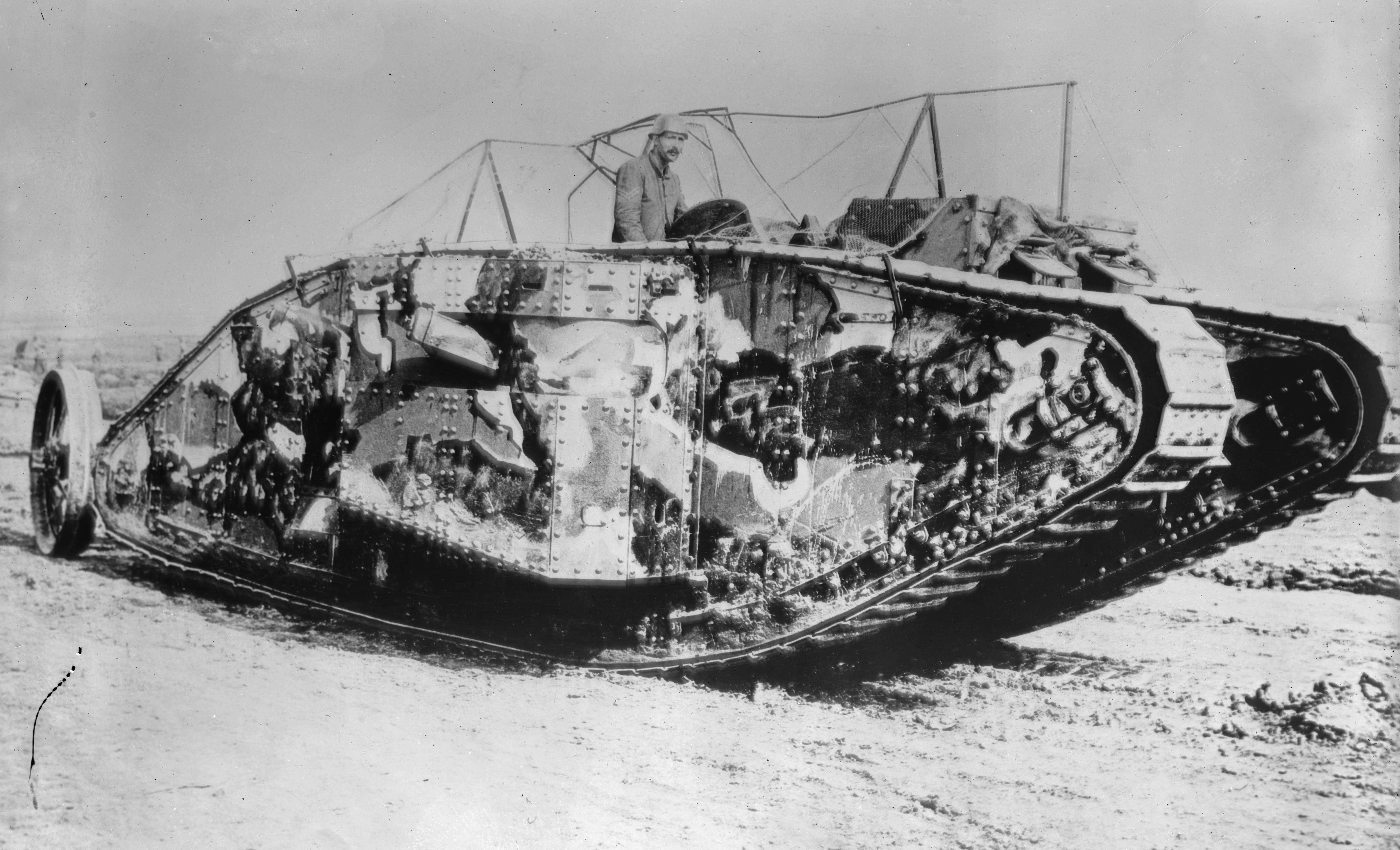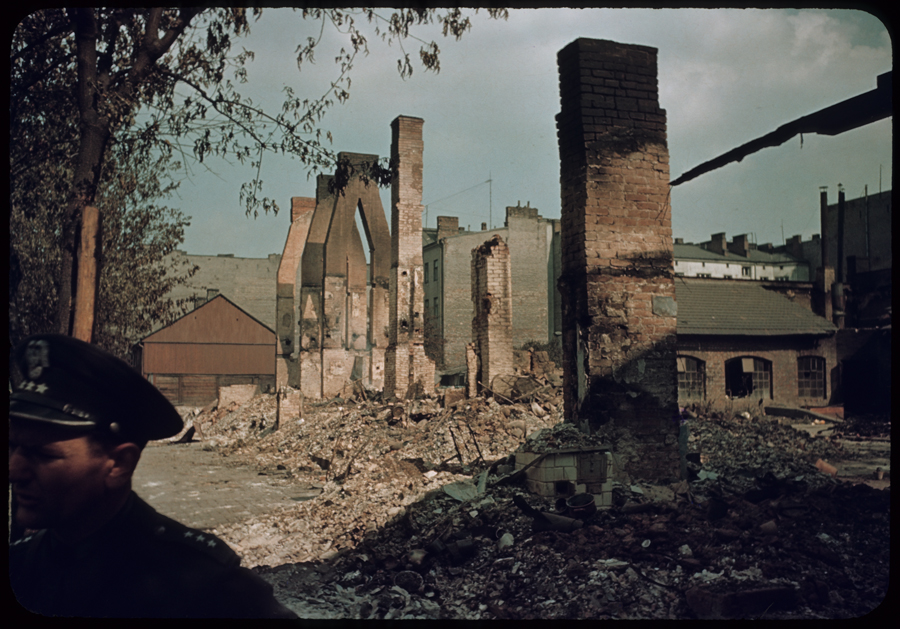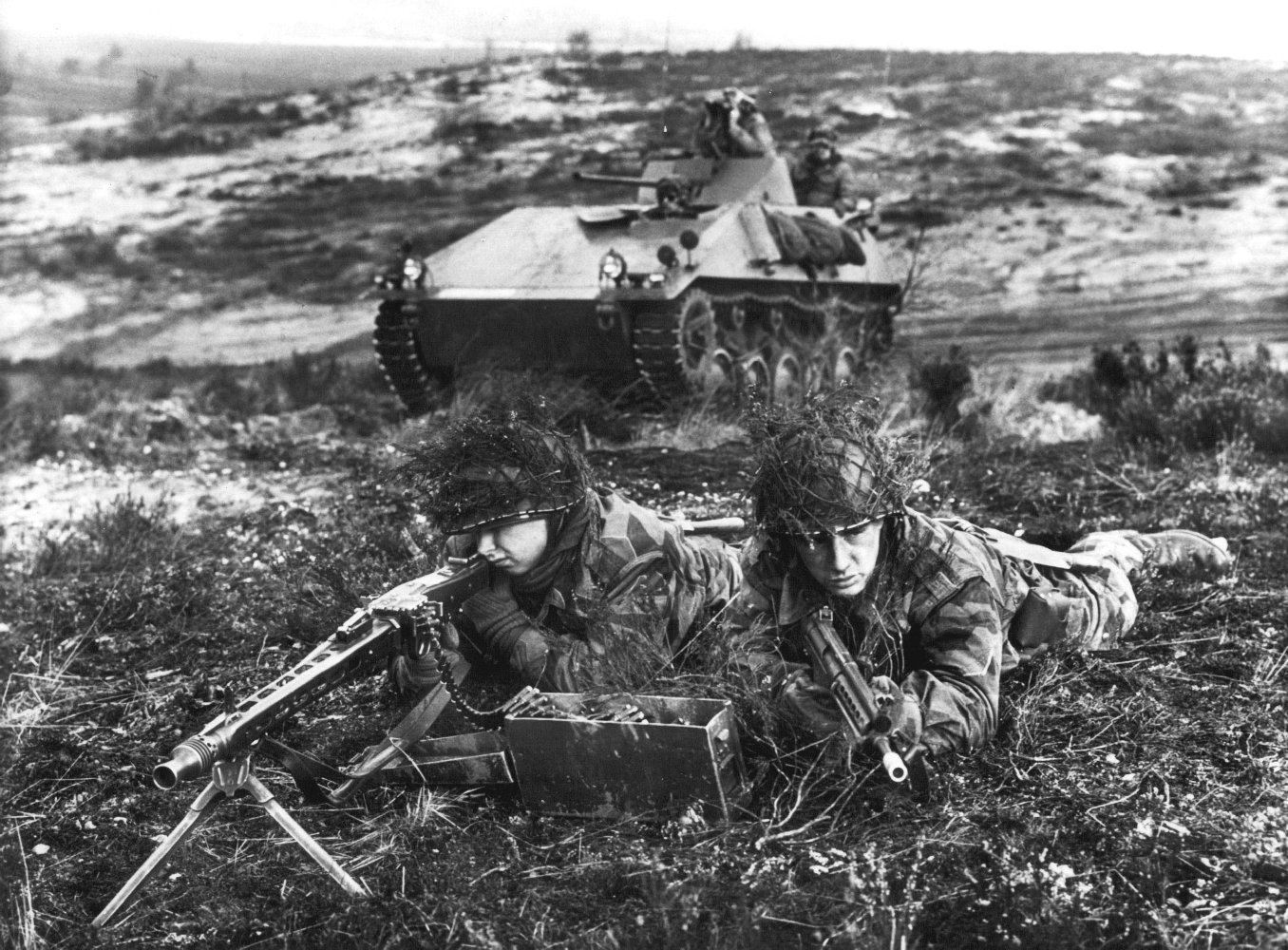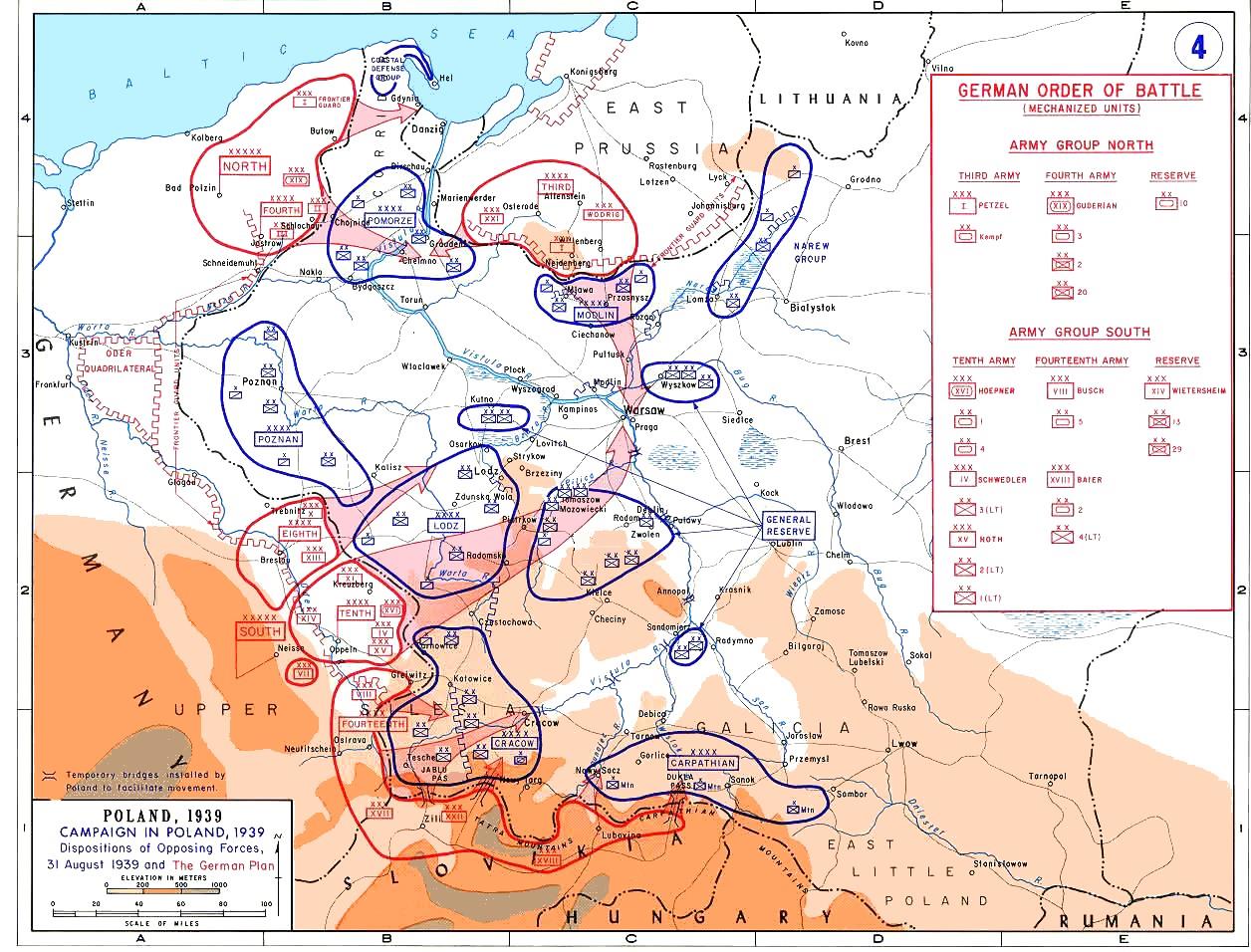|
Siege Of Warsaw (1939)
The siege of Warsaw in 1939 was fought between the Polish Army, Polish Warszawa Army, Warsaw Army () garrisoned and entrenched in Warsaw and the invading German Army (Wehrmacht), German Army.Zaloga, S.J., 2002, ''Poland 1939'', Oxford: Osprey Publishing Ltd., It began with huge Bombing of Warsaw in World War II, aerial bombardments initiated by the Luftwaffe starting on September 1, 1939 following the Invasion of Poland, German invasion of Poland. Land fighting started on September 8, when the first German tank, armored units reached the Wola district and south-western suburbs of the city. Despite German radio broadcasts claiming to have captured Warsaw, the initial enemy attack was repelled and soon afterwards Warsaw was placed under siege. The siege lasted until September 28, when the Polish garrison, commanded under General Walerian Czuma, officially Capitulation (surrender), capitulated. The following day approximately 140,000 Polish troops left the city and were taken as pr ... [...More Info...] [...Related Items...] OR: [Wikipedia] [Google] [Baidu] |
Royal Castle, Warsaw
The Royal Castle in Warsaw ( ) is a state museum and a List of Historic Monuments (Poland), national historical monument, which formerly served as the official Castle, royal residence of several List of Polish rulers, Polish monarchs. The personal offices of the king and the administrative offices of the royal court were located in the Castle from the 16th century until the final Partitions of Poland, partition of Poland in 1795. Situated in the Castle Square, Warsaw, Castle Square, at the entrance to the Old Town, Warsaw, Old Town, the Royal Castle holds a significant collection of Polish and European art. The Royal Castle witnessed many notable events in Poland's history; the Constitution of 3 May 1791, first of its type in Europe and the world's second-oldest codified national constitution, was drafted here by the Great Sejm, Four-Year Parliament. The edifice was redesigned into a Neoclassical architecture, neoclassical style following the partitions of Poland. Under the Secon ... [...More Info...] [...Related Items...] OR: [Wikipedia] [Google] [Baidu] |
Stefan Starzyński
Stefan Bronisław Starzyński (19 August 1893 – between 21 and 23 December 1939) was a Polish statesman, economist, military officer and Mayor of Warsaw before and during the Siege of 1939. Early life, studies and career Stefan Bronisław Starzyński was born on 19 August 1893 in Warsaw. He participated in the 1905 school strike. After graduating from a '' gymnasium'', he enrolled in the Department of Economics at the Higher School of Trade (''Wyższe Kursy Handlowe''), a private-run university, now Warsaw School of Economics. In 1909 he also joined various patriotic organizations, including the Riflemen's Association (''Związek Strzelecki''). In August 1914, after the outbreak of the Great War, he joined Piłsudski's Polish Legions and became an ordinary soldier in the 1st Brigade. He took part in all battles and skirmishes of his Brigade and was quickly promoted to officer. After the '' Pledge Crisis'' in 1917 he was arrested and, together with most of his colleagues, i ... [...More Info...] [...Related Items...] OR: [Wikipedia] [Google] [Baidu] |
Siege
A siege () . is a military blockade of a city, or fortress, with the intent of conquering by attrition, or by well-prepared assault. Siege warfare (also called siegecrafts or poliorcetics) is a form of constant, low-intensity conflict characterized by one party holding a strong, static, defensive position. Consequently, an opportunity for negotiation between combatants is common, as proximity and fluctuating advantage can encourage diplomacy. A siege occurs when an attacker encounters a city or fortress that cannot be easily taken by a quick assault, and which refuses to surrender. Sieges involve surrounding the target to block provision of supplies and reinforcement or escape of troops (a tactic known as "investment"). This is typically coupled with attempts to reduce the fortifications by means of siege engines, artillery bombardment, mining (also known as sapping), or the use of deception or treachery to bypass defenses. Failing a military outcome, sieges can often be ... [...More Info...] [...Related Items...] OR: [Wikipedia] [Google] [Baidu] |
Wola
Wola () is a district in western Warsaw, Poland. An industrial area with traditions reaching back to the early 19th century, it underwent a transformation into a major financial district, featuring various landmarks and some of the tallest office buildings in the city. History Village Wielka Wola was first mentioned in the 14th century. It became the site of the elections, from 1573 to 1764, of Polish kings by the szlachta (nobility) of the Polish–Lithuanian Commonwealth. The Wola district later became famous for the Polish Army's defence of Warsaw in 1794 during the Kościuszko Uprising and in 1831 during the November Uprising, when Józef Sowiński and Józef Bem defended the city against Tsarist forces. In the 17th century, the jurydyki of Wielopole, Leszno, Nowolipie and Grzybów were established, which were incorporated into Warsaw in 1791, and today are wholly or partly within the boundaries of the Wola district. In the 19th century, Wola developed as a factory ... [...More Info...] [...Related Items...] OR: [Wikipedia] [Google] [Baidu] |
Tank
A tank is an armoured fighting vehicle intended as a primary offensive weapon in front-line ground combat. Tank designs are a balance of heavy firepower, strong armour, and battlefield mobility provided by tracks and a powerful engine; their main armament is often mounted within a turret. They are a mainstay of modern 20th and 21st century ground forces and a key part of combined arms combat. Modern tanks are versatile mobile land weapons platforms whose main armament is a large- calibre tank gun mounted in a rotating gun turret, supplemented by machine guns or other ranged weapons such as anti-tank guided missiles or rocket launchers. They have heavy vehicle armour which provides protection for the crew, the vehicle's munition storage, fuel tank and propulsion systems. The use of tracks rather than wheels provides improved operational mobility which allows the tank to overcome rugged terrain and adverse conditions such as mud and ice/snow better than wheele ... [...More Info...] [...Related Items...] OR: [Wikipedia] [Google] [Baidu] |
Bombing Of Warsaw In World War II
The bombing of Warsaw in World War II started with the aerial bombing campaign of Warsaw by the German Luftwaffe during the siege of Warsaw in the invasion of Poland in 1939. It also included German bombing raids during the Warsaw Uprising in 1944. During the course of the war, approximately 85% of the city was destroyed due to German mass bombings, heavy artillery fire, and a planned demolition campaign. Siege of Warsaw (1939) In 1939, the Luftwaffe opened the German attack on Poland with operation Wasserkante, an air attack on Warsaw on 1 September. This attack by four bomber groups was of limited effectiveness due to low-lying cloud cover and stout Polish resistance by the PZL P.11 fighters of the Pursuit Brigade, which claimed down 16 German aircraft for the loss of 10 of their own. However, heavy losses in Polish fighter aircraft meant that by 6 September the air defense of Warsaw was in the hands of the 40 mm (24 guns), 75 mm (72 guns) anti-aircraft guns and ... [...More Info...] [...Related Items...] OR: [Wikipedia] [Google] [Baidu] |
German Army (Wehrmacht)
The German Army (, 'army') is the land component of the armed forces of Federal Republic of Germany, Germany. The present-day German Army was founded in 1955 as part of the newly formed West German together with the German Navy, ''Marine'' (German Navy) and the German Air Force, ''Luftwaffe'' (German Air Force). , the German Army had a strength of 63,047 soldiers. History Overview A German army equipped, organized, and trained following a single doctrine and permanently unified under one command was created in 1871 during the unification of Germany under the leadership of Prussia. From 1871 to 1919, the title ''German Army (German Empire), Deutsches Heer'' (German Army) was the official name of the German land forces. Following the German defeat in World War I and the end of the German Empire, the main army was dissolved. From 1921 to 1935 the name of the German land forces was the ''Reichswehr, Reichsheer'' (Army of the Realm) and from 1935 to 1945 the name ''German Army (We ... [...More Info...] [...Related Items...] OR: [Wikipedia] [Google] [Baidu] |
Warszawa Army
The Warsaw Army () was one of the Polish armies to take part in the Polish Defensive War of 1939. Created on 8 September, eight days after the invasion begun, it was an improvised formation charged with the defence of the Polish capital of Warsaw (Warszawa). Tasks To defend the Polish capital Warsaw in the face of breakthrough by the German forces. Operational history On 3 September 1939 the Minister of the Army (''Min. Spraw Wojskowych''), general Tadeusz Kasprzycki, ordered general Walerian Czuma (the Commander of the Border Guards - ''Straż Graniczna'') to organize a force to defend the city of Warsaw against a German attack. The city had been under constant attack by the Luftwaffe since the early morning of 1 September. Initially the only organized units available to him were four infantry battalions, anti-aircraft artillery and anti-aircraft machine guns detachments under colonel Kazimierz Baran, composed mostly of fire-fighter brigades and volunteers supervised by colo ... [...More Info...] [...Related Items...] OR: [Wikipedia] [Google] [Baidu] |
Polish Army
The Land Forces () are the Army, land forces of the Polish Armed Forces. They currently contain some 110,000 active personnel and form many components of the European Union and NATO deployments around the world. Poland's recorded military history stretches back a millennium – since the 10th century (see List of Polish wars and History of the Polish Army). Poland's modern army was formed after Poland Partitions of Poland, regained independence following World War I in 1918. History 1918–1938 When Poland History of Poland (1918–1939), regained independence in 1918, it recreated its military which participated in the Polish–Soviet War of 1919–1921, and in the two smaller conflicts ( Polish–Ukrainian War (1918–1919) and the Polish–Lithuanian War (1919–1920)). Initially, right after the First World War, Poland had five military districts (1918–1921): * Poznań Military District (Poznański Okręg Wojskowy), HQ in Poznań * Kraków Military District (Krakowski ... [...More Info...] [...Related Items...] OR: [Wikipedia] [Google] [Baidu] |
Polish Air Force
The Polish Air Force () is the aerial warfare Military branch, branch of the Polish Armed Forces. Until July 2004 it was officially known as ''Wojska Lotnicze i Obrony Powietrznej'' (). In 2014 it consisted of roughly 26,000 military personnel and about 475 aircraft, distributed among ten bases throughout Poland. The Polish Air Force can trace its origins to the second half of 1917 and was officially established in the months following the end of World War I in 1918. During the invasion of Poland by Nazi Germany in 1939, 70% of its aircraft were destroyed. Most pilots, after the Soviet invasion of Poland on 17 September, escaped via Romania and Hungary to continue fighting throughout World War II in allied air forces, first in France, then in Britain, and later also the Soviet Union. History Polish Air Force backline Origins Military aviation in Poland started even before the officially recognised date of regaining independence (11 November 1918). The first independent units of ... [...More Info...] [...Related Items...] OR: [Wikipedia] [Google] [Baidu] |
Roundel Of Poland
A roundel is a circular disc used as a symbol. The term is used in heraldry, but also commonly used to refer to a type of national insignia used on military aircraft, generally circular in shape and usually comprising concentric rings of different colours. Other symbols also often use round shapes. Heraldry In heraldry, a ''roundel'' is a circular charge. ''Roundels'' are among the oldest charges used in coats of arms, dating from at least the twelfth century. Roundels in British heraldry have different names depending on their tincture. Thus, while a roundel may be blazoned by its tincture, e.g., ''a roundel vert'' (literally "a roundel green"), it is more often described by a single word, in this case ''pomme'' (literally "apple", from the French) or, from the same origins, ''pomeis''—as in "Vert; on a cross Or five pomeis" (a green field with a golden/yellow cross on which are drawn five green roundels/circles). One special example of a named roundel is the fountain, de ... [...More Info...] [...Related Items...] OR: [Wikipedia] [Google] [Baidu] |
Prussian Army (Polish Armed Forces)
The Prusy Army () was one of the Polish armies to fight during the Invasion of Poland in 1939. Created in the summer of 1939 as the main reserve of the Commander in Chief, it was commanded by Gen. Stefan Dąb-Biernacki. The word ''Prusy'' in the Polish language means Prussia, but this name only served as a codename and the region of operations of this army was far from East Prussia. This is in contrast to other Polish armies in 1939 which were named after the geographical regions where they formed. The Prusy Army, whose original name was Warszawa Army, was named so after a folwark in central Poland called Prusy, which served as the headquarters of General Dąb-Biernacki. Tasks According to the "Plan West" ('' Plan Zachód'', the code name for the Polish mobilization plan) it was to be composed of units mobilized as the second and third waves, and its main purpose was to cooperate with the nearby armies "Łódź" and "Kraków". It was being mobilized in two groups after the outb ... [...More Info...] [...Related Items...] OR: [Wikipedia] [Google] [Baidu] |








